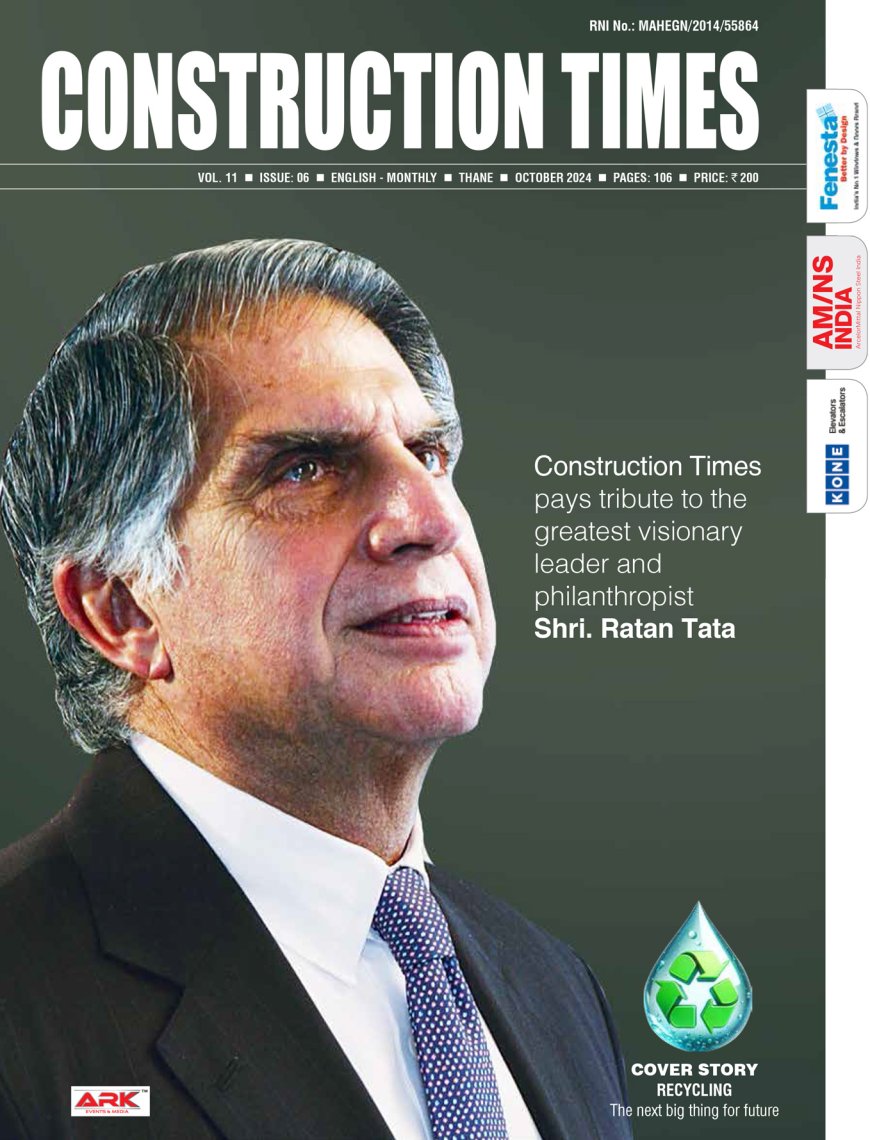HYDROGEN IN AVIATION - Can It Be A GAME CHANGER!
Will air travel gain advantage over High Speed Rail (HSR) with the maiden flight of Zeroavia's hydrogen fuel-cell powered flight in September this year and the commitment of Airbus's ZEROe to take flight in 2035? It is difficult to say yes or no, given the present trend and popularity for HSR and stage of development


 Will air travel gain advantage over High Speed Rail (HSR) with the maiden flight of Zeroavia's hydrogen fuel-cell powered flight in September this year and the commitment of Airbus's ZEROe to take flight in 2035?
Will air travel gain advantage over High Speed Rail (HSR) with the maiden flight of Zeroavia's hydrogen fuel-cell powered flight in September this year and the commitment of Airbus's ZEROe to take flight in 2035?
It is difficult to say yes or no, given the present trend and popularity for HSR and stage of development of hydrogen fuel-cell powered aircrafts.
High Speed Rail (HSR) and air travel are competing each other in mid to long-distance travel. In the distance range of 500-800 km, HSR has almost gained the popularity over air travel considering what air travel involves - travelling from home to the airport (as airports being far from the city), time spent in check-in and security, as well as additional transport and baggage pickup; which paints the HSR travel into offering big overall travel time saver. However, for a distance over 1000 km, air travel has an edge.
Moreover, the low greenhouse gas CO2 emissions make the HSR a preferred and environment friendly choice over air travel. To give a perspective the CO2 emission of air travel in a 600 km trip is 93 kg (155 g/km) whereas it is just 8.1 kg (13.5 g/km) for HSR.
When it comes to the use of hydrogen in transportation sector, it appears to be exciting from the first ever 3.6 ton underground rail-vehicle mining locomotive completed by Vehicle Projects LLC in 2002 in USA to the maiden flight of Zeroavia' shydrogen fuel-cell-powered flight a modified Piper M-class on September 23, 2020.
There is lot of hope with Airbus announcing plans for the world's first zero-emission commercial aircraft models that is run by hydrogen and could take flight in 2035. Three different concepts of aircraft called 'ZEROe' are being developed by the European aerospace giant.
NASA is also doing the research work in development of hydrogen fuel-cell powered CHEETA - the Centre for Cryogenic High-Efficiency Electrical Technologies for Aircraft. NASA will be doing researches to develop a fully electric aircraft using liquid hydrogen fuel cell propulsion system.
Even though the hydrogen powered systems show us the dreams of carbon neutral emissions, the free availability of hydrogen is just 2 grams in 22.4 litres of gas at standard temperature and pressure.
So, at present the majority of the hydrogen, around 95%, comes from the fossil fuels (four main sources for the commercial production of hydrogen: natural gas, oil, coal, and electrolysis; which account for 48%, 30%, 18% and 4% of the world's hydrogen production respectively). Specifically, bulk hydrogen is usually produced by the steam reforming of methane or natural gas. This produces around 830 million tonnes of CO2 per year.
Electrolysis, using electricity generated from renewable sources, is known as 'green hydrogen'. However, this is less than 0.1% of overall hydrogen production in a year at present. Besides that, it takes 55 kWh of electricity at an assumed rate of efficiency of 60%to produce 1 kg of hydrogen as claimed by CEP (Clean Energy Partnership), however, a fuel cell of 60% efficiency, requires 2.33 kg of Hydrogen to produce the same 55 KWh of electricity.
Therefore, hydrogen based air travel will become advantageous and carbon neutral over HSR, only after overcoming the difficulties of producing hydrogen using renewable sources, improving the efficiency of hydrogen generation, improving the efficiency of hydrogen fuel-cells, creating a gas-turbine to burn fuels with high concentration of hydrogen (as of now the concentration of hydrogen in gas turbines
is 50%).
There are two other main issues associated with hydrogen fuel-cell based air travel. First is challenge in on-board storage of hydrogen requiring reduction in the weight of hydrogen. Liquid hydrogen storage is one of the good options. Second is large scale transport and storage infrastructure required for supply of hydrogen to airports from the production sites. Pipelines could be a cost effective solution to transport hydrogen in similar way natural gas is being transported at present.
Apart from this, in the travel range of 500 km to 1000 km, HSR may gain advantage over air travel in the aspects of recyclability and usable life, where, more than 95% material of a HSR train can be recyclable whereas it is still at 80-85% only for aeroplanes that too greater costs are involved in it.
Further, the usable life of any typical HSR can be minimum of 30 years (except Japan), whereas the usable life of aeroplanes are defined using the pressurization cycles and as on date it is about 35,000 cycles before the fatigue sets in the structure, which can roughly work out to be 15-20 years for flights operating in this range of 500-800 km.
Even if all the above issues are resolved, the HSR's using renewable power sources with even lesser CO2 emissions in future, can still be competing with air travel in the distance range of 500-800 km. Besides that, development of hydrogen based rolling stock is also gaining ground. Alstom's Coradia iLint which started operation in 2018 in Germany can run at a maximum speed of 140 km/h with a capacity of 300 passengers (150 seated and 150 standee) and a full tank of hydrogen has a range of 1000 km. No surprises that we have hydrogen fuel-cell based high speed trains in future!





Hits: 513















